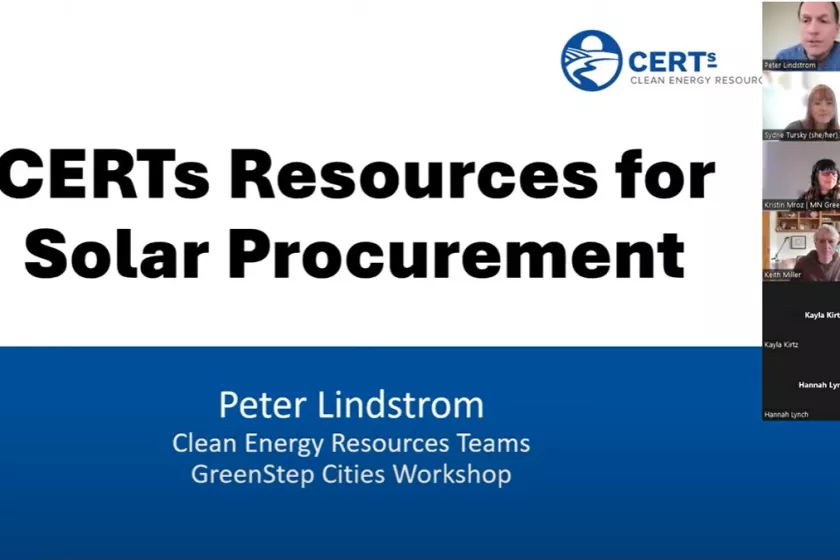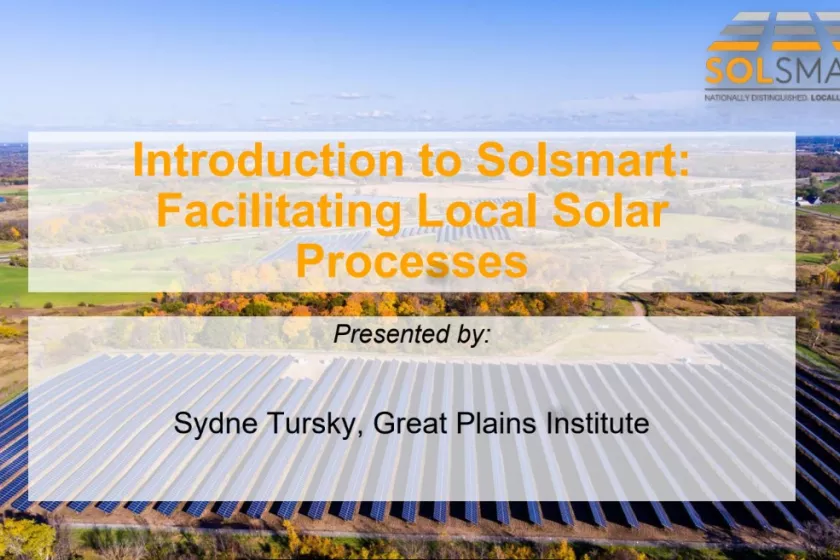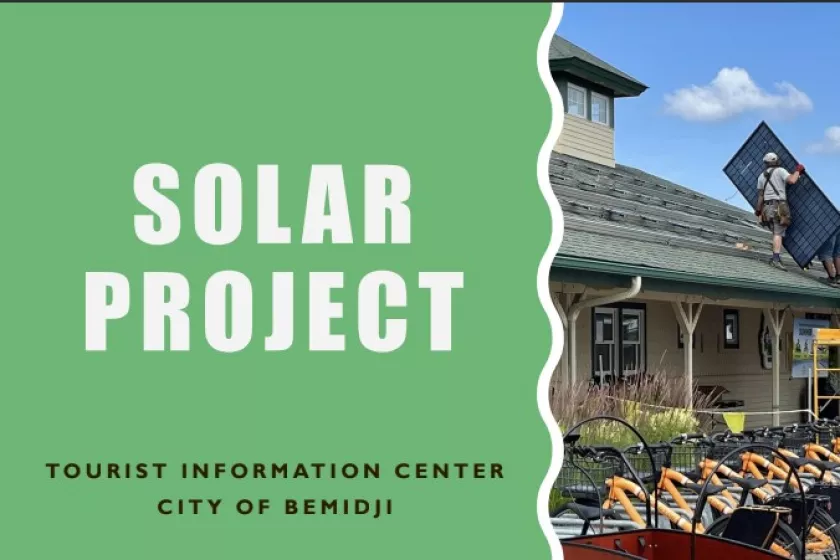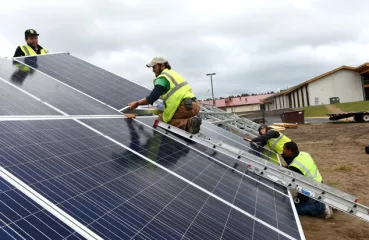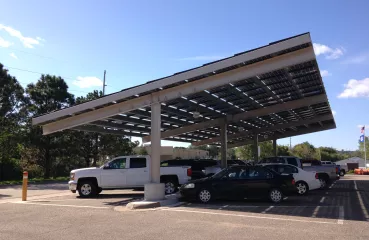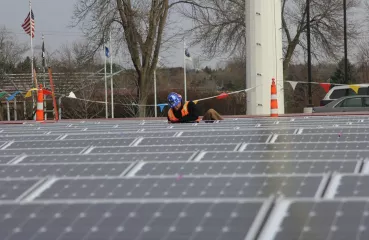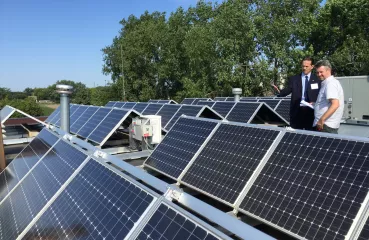How do I know if my building is right for solar?
There are several components to solar suitability: the solar resource of the location, the size of the unobstructed space for solar, and many other technical components. To begin, the solar site assessment resources lists many solar site considerations.
How will I pay for solar?
The two most common mechanisms to pay for solar are to pay with cash up-front or to finance the system. Buying the system up-front means that the system belongs to you. Financing mechanisms come in many forms, the most common of which is a Power Purchase Agreement (PPA). The terms of a PPA depend on the specifics of the contract, but typically the developer owns the system and the developer sells the power generated from the system to the host. More details on this financing mechanism can be found in the Solar PPA Calculator.
Are there issues with solar installations and public bonding?
Financing solar installations with a PPA has been done across Minnesota. Some local governments have questions about how bonding laws address leasing roof space and then purchasing the solar energy produced on building built with bond funding. Jurisdictions are strongly encouraged to consult their bond counsel who will be more familiar with the intricacies of these issues.
How long do solar panels last?
Contracts for solar installations often have a 20-25-year term, but the panels can last longer. Often inverters must be replaced mid-way through a project.
What happens at the end of the contract?
The end of the term obligations should will often be explicitly laid out in your contract.
What happens if there are problems with my solar system?
It depends on the ownership of your system. If you finance your system, the contract should include a provision that the developer will maintain the functioning of the solar system. If you own the system, you will be responsible for its maintenance which you can do and/or you can contract with a vendor to perform.
How much solar can I install? How much solar do I need?
If you are in Xcel Energy, Minnesota Power or Otter Tail Power service territory, you can install enough solar to cover up to 120% of your annual electricity usage. The size of your system will depend on your how sunny your site is, how big your site is, and your budget. To get an estimate of how much solar could be installed at your site, you can type your site’s address into the PVWatts Calculator. In Cooperative and Municipal Utility territory, to receive net-metering, your project cannot exceed 40 kW in size.
When should I involve my policy makers?
Day one! It’s important to get stakeholders involved early on in the process.
Will this process help me subscribe to a community solar garden?
No. This initiative is for individually-owned roof-mounted or ground-mounted solar systems installed on or near public facilities. Learn more about community solar gardens.
How will operations & maintenance (O&M) be handled?
If you select the Power Purchase Agreement (PPA) option, the solar installer will be responsible for O&M throughout the term of the PPA (usually 20-25 years). Installers are also required to provide pricing for O&M services for the first year of operation if you are choosing to purchase the system outright.

